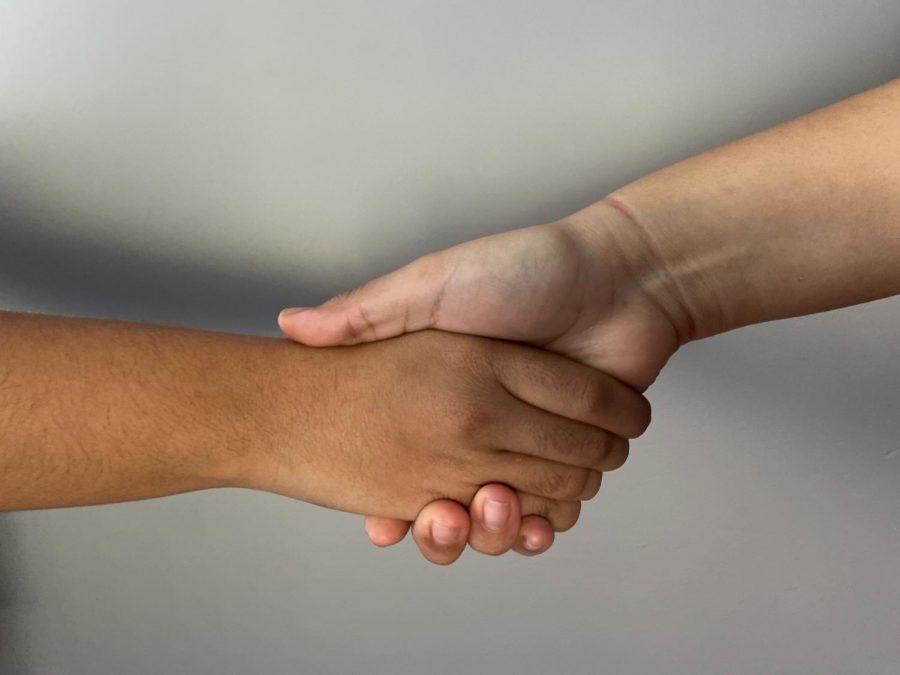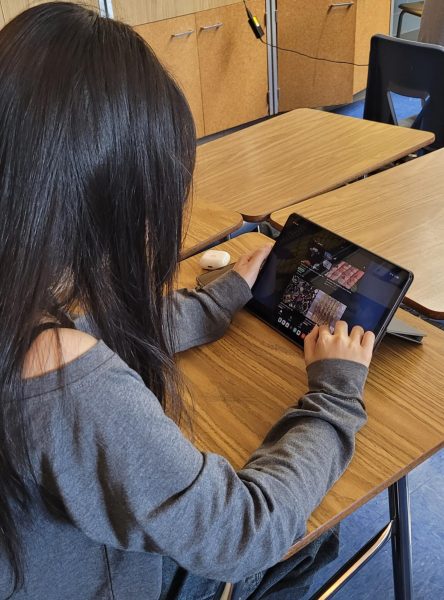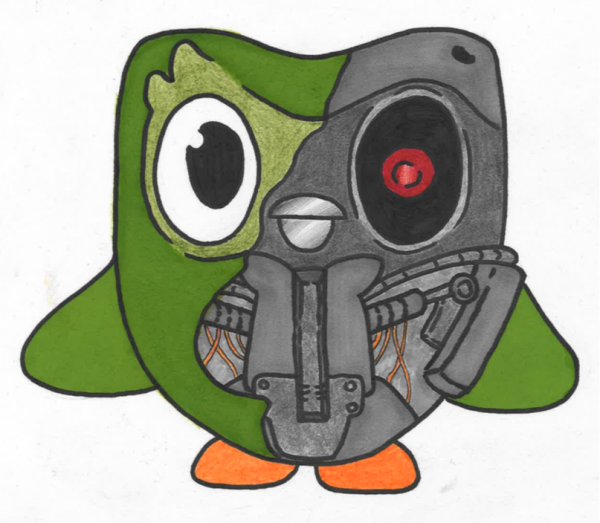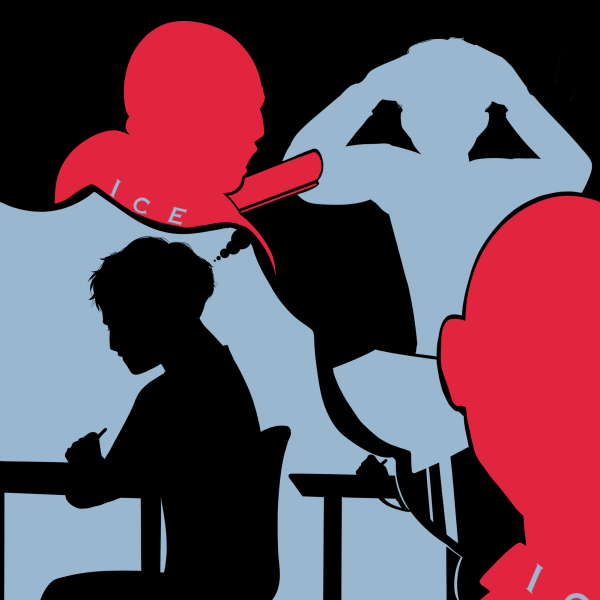Restorative Justice aims to rehabilitate discipline in schools
Many schools are moving away from “no tolerance” policies and toward restorative justice practices where conflict mediation is determined by mutual agreement.
Columbia Heights High School prides itself on its “no tolerance” policy when it comes to bullying, fighting, weapons and more on school grounds. Now that the High School has largely been in the “Heights from Home” model for a number of months now, the rules are changing. How will misbehaviors over Zoom be handled?
Students and teachers alike are all aware now of the Zoom Protocols as they have been repeated to students numerous times. The expectations of Zoom are as follows: sign in early, limit distractions, use Zoom features, communicate with your teacher, keep your camera on if possible and keep it REAL. Aside from school expectations, each teacher may also have different and/or additional expectations for each student, such as asking for the camera to be on just for attendance, or encouraging students to participate via the chat feature on Zoom instead of over the mic.
If these protocols are broken, the procedures for misbehavior can be found in the Student Rights & Responsibilities handbook, which every student reads. Right? TL;DR: The student handbook has a matrix to show each misbehavior, the severity of it and how staff and administrators are expected to handle it. With Zoom, though, it’s a bit more confusing, and the matrix doesn’t seem to address several Zoom-specific issues, such as “zoom-bombing,” which is the term given to the act of entering a Zoom meeting without permission and disrupting the class.
“With misbehavior on Zoom, we’re hoping the teacher will communicate home since it happened in their classroom and notify the dean and students of the corresponding grade level,” CHHS Vice Principal Matt Miller said. “We’ll get the recording of the Zoom and review the Zoom meeting. And then we will do a follow-up phone call with the parents from the Dean’s office and move from there. If it is explicit behavior, then it will get to my office and we’ll figure out consequences from our rights and responsibilities handbook.”
“If that behavior continues, then we’ll have to possibly take the next steps to figure out if that student is ready to be on a Columbia Heights [Public Schools] device, or if there needs to be a break. And if we need to use other strategies to give that student their education, that might not be on Zoom. But this is an extreme circumstance.”
The school’s “no tolerance” policy means that there is no tolerance for when a student misbehaves. If a student gets in an altercation with another student, the student will be suspended and perhaps even expelled. This is the policy that Columbia Heights High School, and many more schools that get more severe than CHHS does, makes clear that if a fight happens, that student will be removed from school.
The phrase “zero tolerance” in American schools started as a response to the 1999 shooting at Columbine High School in Colorado, banning firearms and violence from the schools, but it eventually evolved into several other infractions. These include anything from having your phone out in class or being a disruption while the teacher is talking, which can result in severe consequences such as getting removed from the classroom, detention, suspension, or even expulsion.
“Zero tolerance” policies generally do not work because they tend not to help students, but rather serve as a way to get rid of or punish students. What is needed, instead, is positive intervention, which is reached through building community and connections between students and staff, not removing them.
Building a community over Zoom is tough but not impossible. In Heights, many students felt uninvolved in clubs and in class before Heights from Home was put into place. Students are even less engaged with the material being taught when it’s through a screen. Attendance and skipping class have been a problem at Heights in the past few years, but now with this barrier of a screen, it may be easier to attend with just a click of a button, but it’s even easier to pretend to be paying attention, which is essentially skipping class in the safety and comfort of one’s own home. One way, then, to work toward fostering connections could be a result of dealing with misbehaving students in a more direct, inviting manner.
A community, as well as consequences and support for students not “keeping it REAL,” can be built through Restorative Justice and Circle Work. One organization based in Minnesota that works to teach these practices to schools is the nonprofit Thrive-Ed.
“Thrive Ed is a place that amplifies student voices and positions students as powerful contributors, problem-solvers, and co-constructors of their learning and school experience,” founder of Thrive-Ed Nicole Dimch said. “[We aim to] provide meaningful and authentic learning experiences [and] eliminate achievement disparities in MN.”
Restorative Justice (or RJ) is the justice system that focuses on rehabilitation for people who choose to use it. Wrongdoers are given a chance to connect and reconcile with victims and the community as a whole. All of this is by choice and this same system is being implemented in schools when a student goes out of line. The foundational belief of Restorative Justice is that crime (or misbehavior) harms people and relationships and that justice means repairing harm and restoring harmony within the community.
Circle Work is how Restorative Justice is practiced. RJ is rooted in indigenous traditions and it is important to acknowledge and to not appropriate their culture. Implementing RJ creates a safe, equitable, and welcoming community where all members are valued, seen, heard, and respected. It builds communication skills for students and teachers. Along with helping people feel more comfortable talking about their emotions, problems, and needs. RJ teaches empathy, holds students and teachers accountable for their actions while allowing room for healing.
Qorsho Hassan is a teacher in District 196 who uses Circle Work and Restorative Justice with her fourth graders.
“With RJ, I ensure students feel safe and supported to share their thoughts, feelings, opinions, etc., so long as they are not rooted in anyone else’s oppression,” Hassan said. “If harm is committed, I make sure both parties are ready to learn and listen to one another before inviting them to be in the community. Instead of teacher-created expectations, my students at the beginning of the school year create classroom commitments and hold each other, themselves, and be accountable to them.”
Hassan won the Minnesota Teacher of the Year Award this year, and she thinks the loving and caring environment that she’s built in her classroom contributed a lot to it.
“I was never taught to practice RJ in my teacher prep program and often have sought out ways to engage and uplift my students outside of what I was conditioned to do, which is manage and control,” said Hassan.
Restorative Justice doesn’t just hold students accountable, it holds teachers and staff members accountable as well. Teachers and administrators cannot expect students to be open and vulnerable in this way if they won’t also put the same forward. In this space, students and staff are on the same level, an emotional one.
Shannon Finnegan is another teacher who teaches RJ to her students. She teaches social studies and restorative justice at Mankato West High School in Minnesota.
“RJ is all about relationships,” said Finnegan. “When conflict or misbehavior occurs, it is not about rules that are broken but rather relationships that have been harmed. One thing that can be a difficult paradigm shift for teachers or admin is that we cause harm, too, not just our students. When anyone (staff or student) causes harm in an RJ school, they’re given the opportunity to participate in a restorative circle in which they are held accountable for the harm they caused and involved in deciding how to make it right.”
Implementing RJ at Columbia Heights High School would definitely take time and effort, but it could also be revolutionary and vital.
“Yes, I think it should be implemented,” Nick Bogan (12) said. “I believe that in all circumstances, peace allows others to be free of stress and unlock more potential. The strains that grudges and hate have on people are unnecessary and students should not have to put up with such hostility during such a crucial period of their lives.”
“No tolerance” schools can directly contribute to the school-to-prison pipeline too. The school to prison pipeline is the connection between schools suspending and expelling students, leading to minors getting involved with the criminal justice system. Simply, if a student gets suspended or expelled, they are more likely to offend again. More often than not, students of color, and especially black students, tend to be targeted as low and undisciplined more than those of European descent, proving RJ as a necessity not just for the school community but also for racial equity.
RJ works at building students up instead of putting them down. It also holds the morale of any student high and never purposely lowering it. The restorative practice tries to make all students succeed instead of only focusing on one group succeeding. Restorative Justice and the No Tolerance Policy both work to ensure student safety, but the differences between them are life-changing. Restorative justice considers the well-being and education of the students rather than the discipline towards the students. It questions the actions of a student and calls on them to understand and do something about their actions, rather than simply pushing them away.
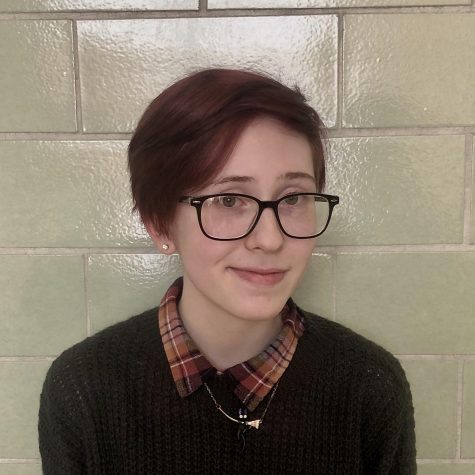
Sol Schindler is a senior at CHHS and is the A&E Editor and lead cartoonist of The Heights Herald. He is in the National Honors Society, Student Council,...
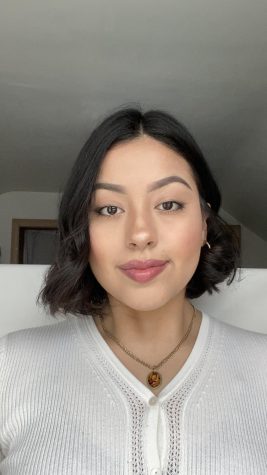
Gissel Inamagua is the Co-Editor-in-Chief for The Heights Herald. She is involved in numerous activities here at CHHS. Currently, she is the captain of...



